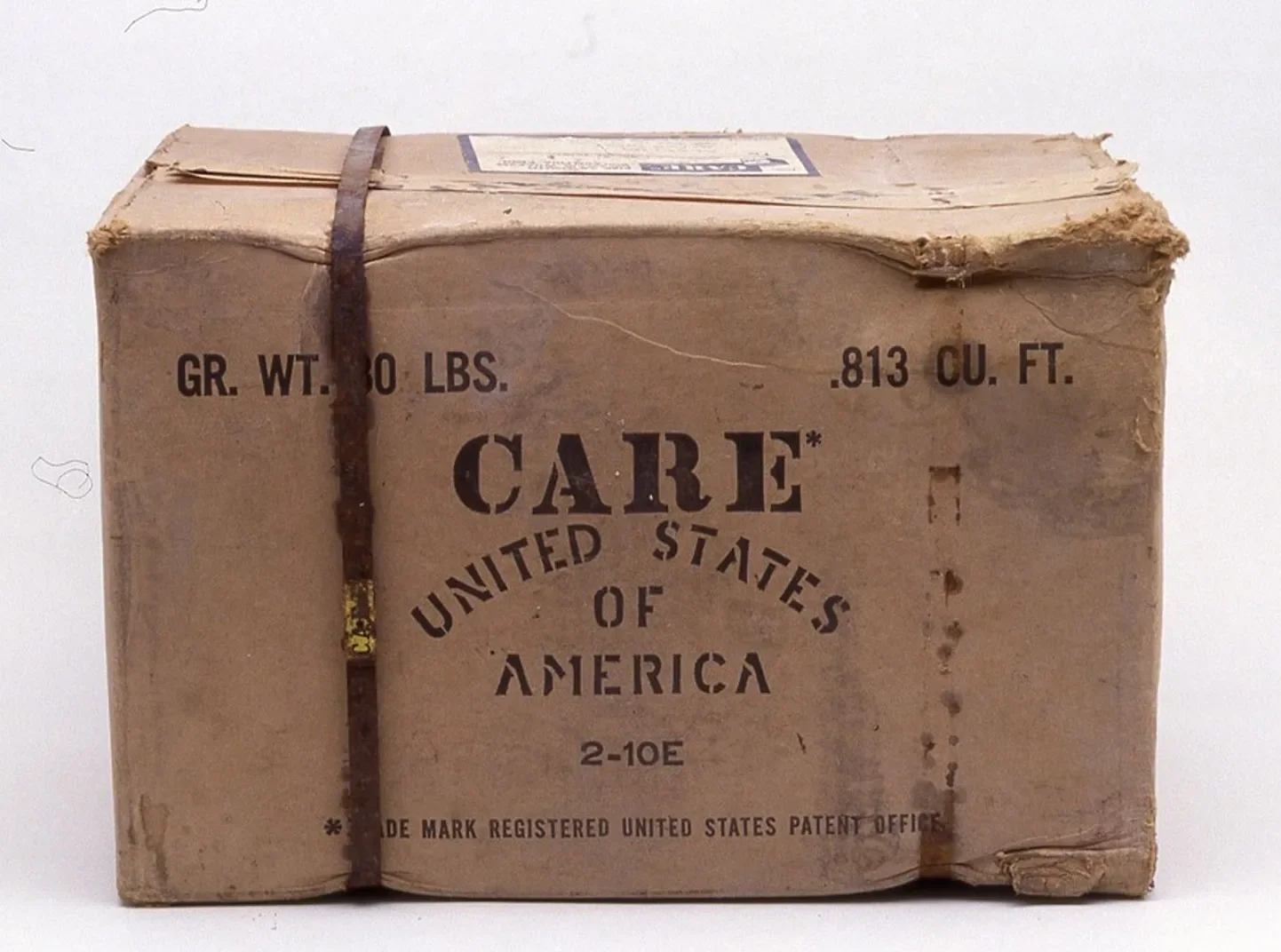Executive Summary
More than one year into the coronavirus disease (COVID-19) pandemic—with some countries seemingly on their way out of the crisis while others enter new waves—evidence of its impact is growing. COVID-19 is increasing short-term humanitarian needs and negatively affecting longer-term outcomes for marginalized populations and people in vulnerable situations, significantly setting back hard-won development gains, magnifying inequalities, and compounding risks. Among those worst affected are the more than 80 million people worldwide—approximately half of whom are women and girls—who have been forcibly displaced by drivers such as persecution, conflict, generalized violence or human rights violations.
The majority of forcibly displaced people live in resource-poor countries with weak public health and social protection systems, and economies that have been hard-hit by the pandemic. Yet, to date, there has only been limited research around the unique ways in which women and girls on the move are affected. This despite predictions of significant impacts on access to, and use of, basic health services—including for sexual and reproductive health (SRH)—and the overall protection environment, including increases in prevalence and risk of gender-based violence (GBV).
Placing gender at the center of its humanitarian and development responses, CARE undertook new research in Afghanistan, Ecuador, and Turkey between April and May 2021 to better understand how COVID-19 is impacting the health and protection of women and girls on the move. The three countries represent different types of forced displacement across multiple regions: internally displaced persons (IDPs) and refugee returnees in Afghanistan; more recent migrants and refugees due to the Venezuelan crisis in Ecuador; and longer-term Syrian refugees living under temporary international protection in Turkey. The primary data collected for this research included more than 1,000 surveys with women on the move and from host communities, to allow comparison; 31 focus group discussions (FGDs) with women and adolescent girls; and 45 key informant interviews (KIIs) with government actors, health and protection service providers, humanitarian organizations, and CARE staff.
